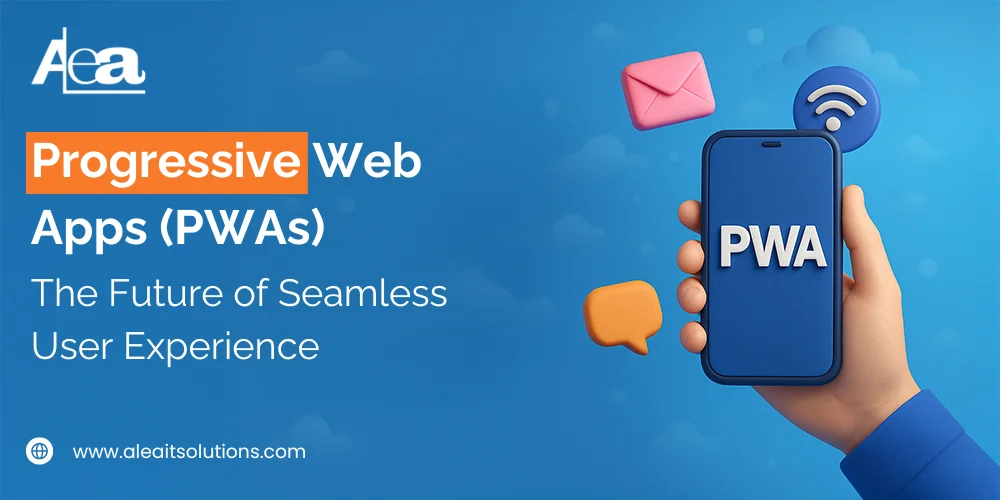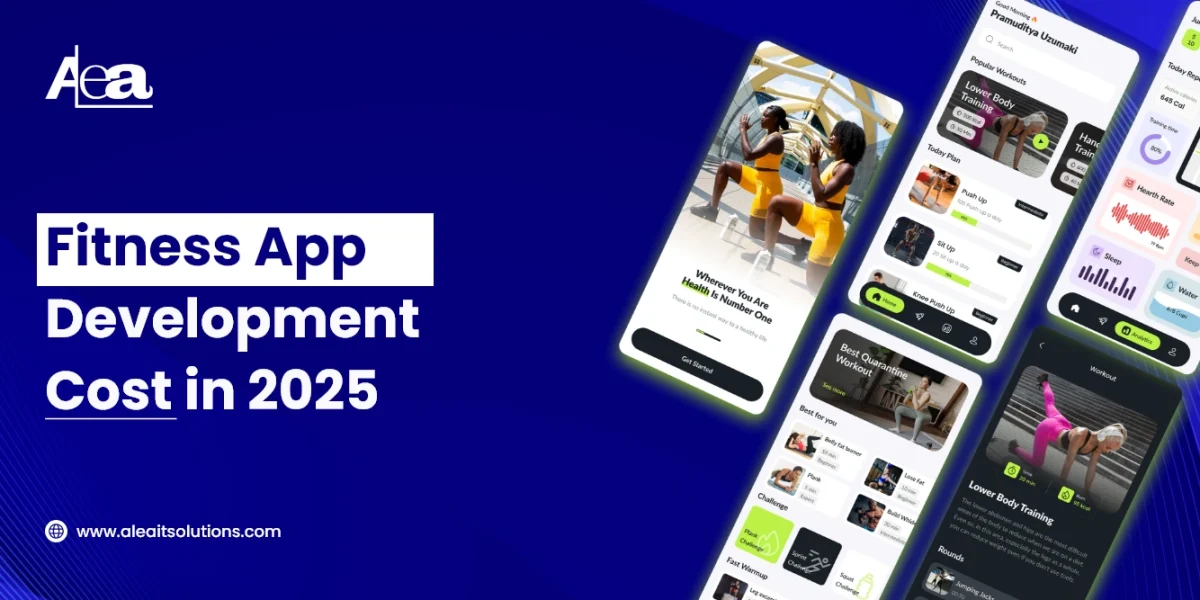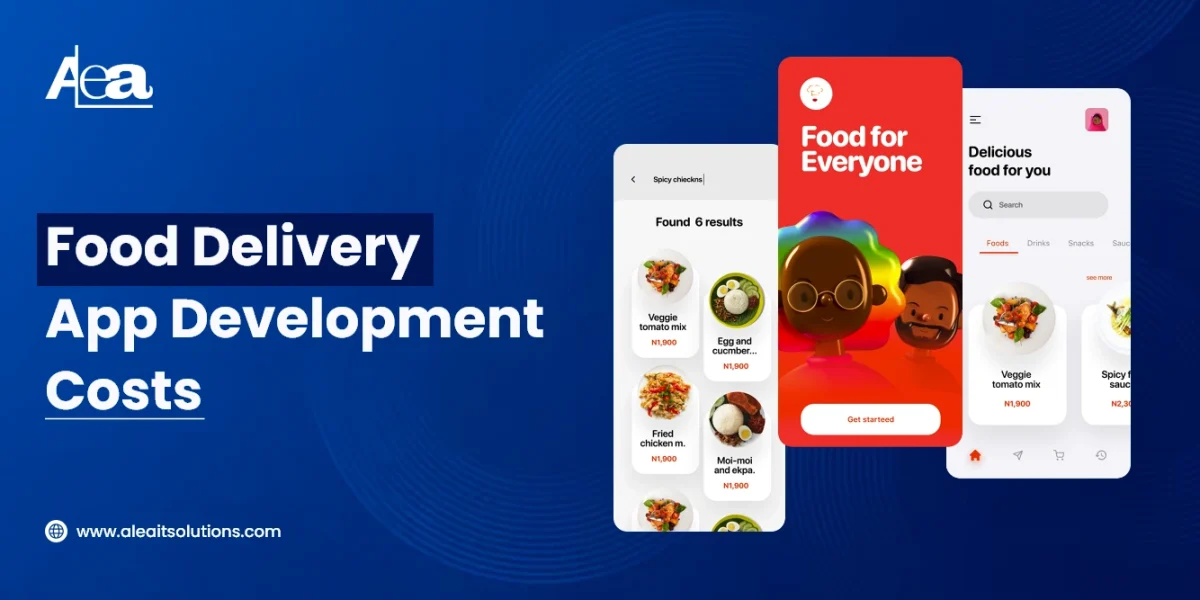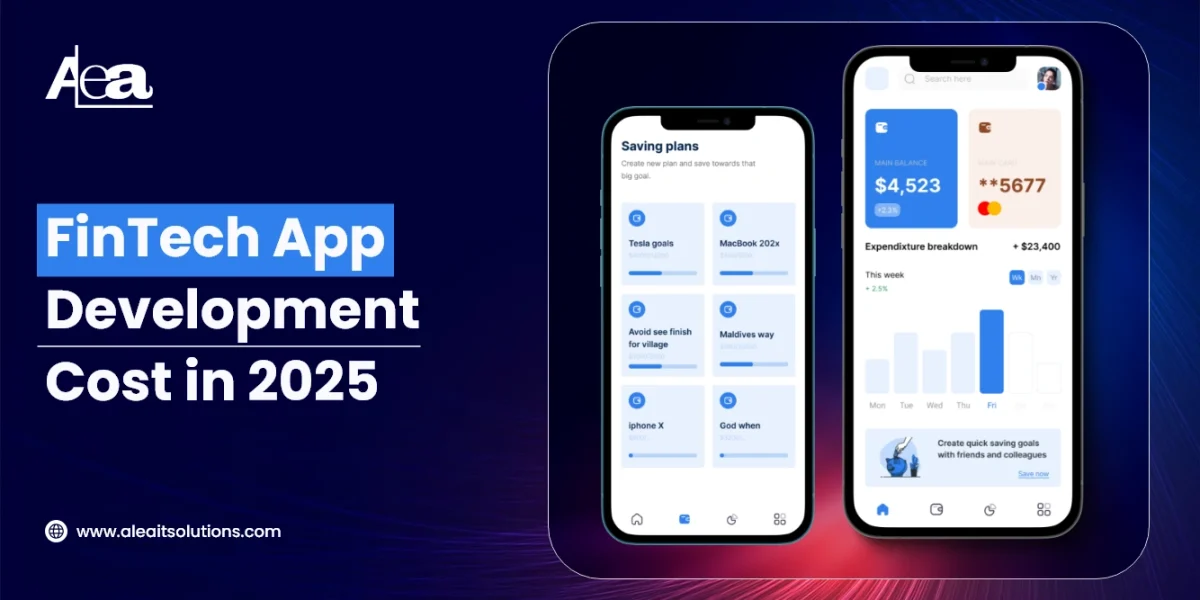Remember the last time you opened a website, and it asked you to “Download our app for the best experience”? And you didn’t?
You’re not alone. People are tired of downloading apps just to complete a task. If it doesn’t open right away and work smoothly online or not they’re out. That’s where Progressive Web Apps (PWAs) quietly change the game.
A PWA is a web app that behaves like a native one minus the app store detour. It’s the lightweight, installable, works-even-when-your-signal-doesn’t kind of solution that users didn’t know they needed…and businesses can no longer ignore.
What is PWA?
Here’s the simplest way to explain a PWA: it’s a website that behaves like an app.
It loads in your browser, but once it’s open, it functions like something you installed from Google Play or the App Store. You can pin it to your home screen, get push notifications, and even use it offline.
There’s no magic here just smart use of service workers, caching, and a little metadata that tells the browser, “Hey, treat me like an app.” It’s progressive because it works on any device, and the experience improves on modern browsers.
Why Teams Are Quietly Switching to PWAs
This isn’t just a developer trick. PWAs solve real-world headaches that product owners and engineering leads deal with every day.
- No app store approvals – Push updates directly. No waiting days for Apple to say yes.
- Instant load times – Especially important in markets with slower networks.
- Offline mode – Keep the experience alive when the internet drops.
- Single codebase – One build for mobile and desktop. No juggling iOS, Android, and web teams.
- Fewer dependencies – No native SDK headaches or platform-specific quirks.
If you’re building a product where speed, reach, and maintenance matter, PWAs aren’t just “nice to have” they’re efficient, practical, and often, the smarter call.
Native vs Web vs PWA: What’s the Difference?
Let’s strip it down:
- Traditional web apps are accessible and easy to build, but they need a constant internet connection and can’t do much when offline.
- Native apps feel fast and polished, but they cost more to build, take longer to release, and require platform-specific maintenance.
- PWAs give you much of the native experience with the cost and flexibility of a web app.
You won’t get every native feature (some device APIs are still off-limits), but for 90% of use cases, PWAs deliver more than enough and faster.
Is a PWA Right for Your Product?
Here’s when PWAs make the most sense:
- You’re targeting mobile users but don’t want to invest in two separate native apps.
- Your audience is spread across regions with unreliable networks.
- You want a smooth onboarding flow without an App Store gatekeeper.
- You’re building an MVP and need speed without sacrificing quality.
They work especially well for:
- E-commerce platforms – Reduce cart abandonment with fast loads and offline support.
- News and content apps – Let users save articles and keep reading anywhere.
- Internal business tools – Skip store distribution and still allow “installation.”
- Booking or scheduling systems – Cache schedules and allow interactions even when offline.
The Brains Behind a PWA
A solid PWA isn’t just a website with a manifest file. Here’s what powers it:
- Service Workers – Background scripts that handle caching, fetch requests, and even push notifications.
- Web App Manifest – A small JSON file that tells the browser how your app should look when installed (icon, name, colors).
- App Shell Architecture – Loads the UI instantly, while content loads in the background.
- Background Sync – Retry failed requests when the network returns (great for forms or messages).
- HTTPS by default – No excuses here. It’s required for PWAs and for basic security.
Build it right, and your app loads fast, works offline, and feels like it belongs on the device.
The 2025 PWA Stack: What We Actually Use
At ALEAIT, we’ve built PWAs across industries from logistics dashboards to consumer-facing apps and these tools have earned our trust:
- React + Workbox – Ideal when you need full control and scale. We fine-tune caching and routing here.
- Next.js + PWA plugins – Great for SEO-heavy apps with dynamic content.
- SvelteKit – Lightweight, fast, and elegant perfect for MVPs or internal tools.
- Vite – For fast builds and clean developer experience.
- Firebase – If you want plug-and-play push notifications, hosting, and authentication.
We don’t throw tech at problems. We match the stack to your goals and we don’t over-engineer.
The Gotchas: What Can Go Wrong?
PWAs are powerful, but they’re not foolproof. Some things to watch out for:
- Caching issues – A bad service worker can serve outdated data. Always version and test properly.
- iOS limitations – Apple’s still playing catch-up. Some features (like push notifications) may work inconsistently.
- User awareness – Not everyone knows they can “install” a PWA. Subtle UI nudges help.
- Browser quirks – Chrome leads, Safari lags. Build with fallbacks in mind.
These aren’t deal-breakers. Just details you need to get right, and we help teams do exactly that.
Why PWAs + Jamstack = Developer Happiness
When paired with modern architectures like Jamstack, PWAs shine even brighter:
- Jamstack serves pre-rendered pages via CDN, which means near-instant loading.
- Headless CMS makes content updates painless and scalable.
- APIs for dynamic logic keep your front-end fast and flexible.
Together, they give you the best of both worlds: high performance and full control. And they scale beautifully.
Final Thought: Should You Build a PWA?
If your product needs to feel fast, work offline, and reach users across platforms without bloating your dev team, yes.
But don’t just check the “PWA” box. Treat it like a design decision. It needs planning, thoughtful architecture, and testing.
And if you’re a CTO or product owner trying to balance timelines, budgets, and user expectations, it’s worth asking: why build three apps when one PWA could do the job better?
Why Teams Work with ALEAIT
We’re not just builders we’re collaborators.
Our role isn’t to write code and hand it off. We help you think through what you’re building, how it should feel, and what it will take to grow. Whether you’re launching your first PWA or scaling one to thousands of users, we bring deep experience, honest insight, and a lean, fast-moving approach that fits how modern teams work.
No fluff. No bloat. Just products that work beautifully anywhere, any time.
[Book a discovery call with ALEAIT Solutions]




